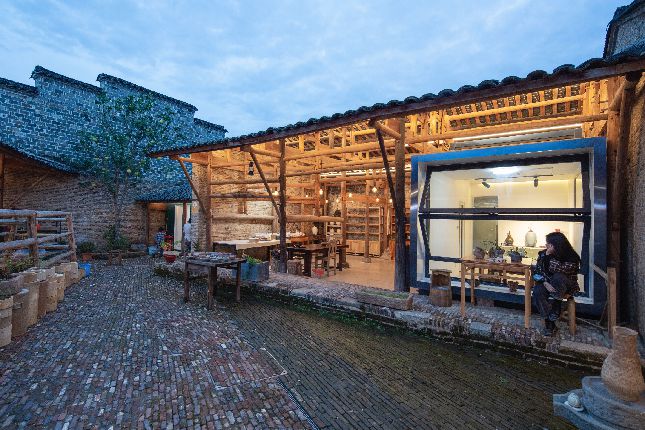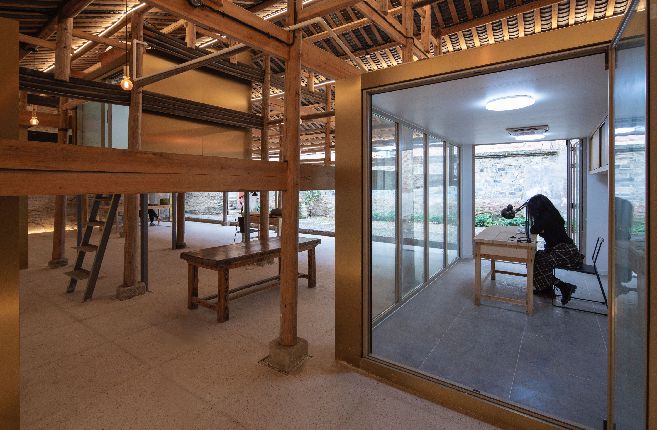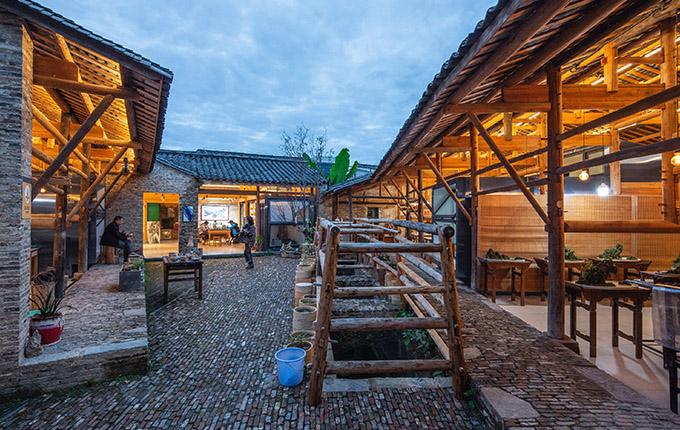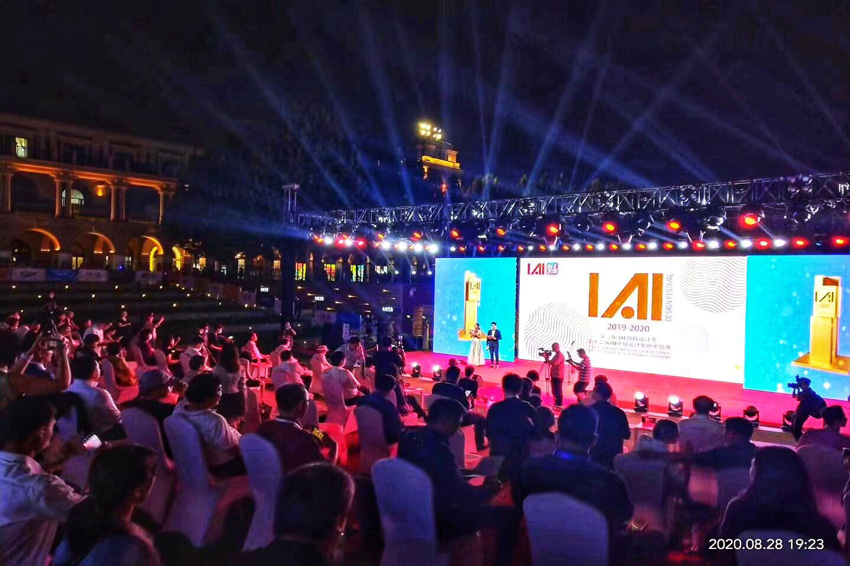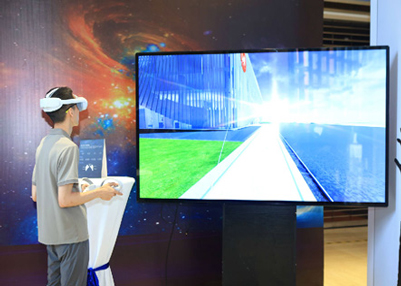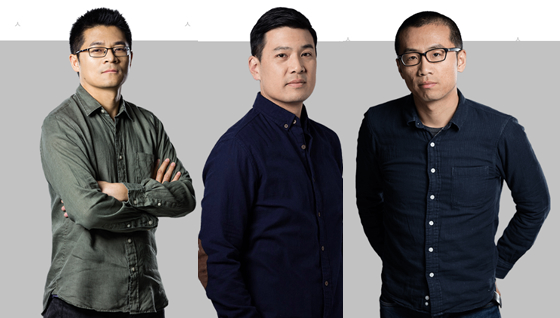
Winner of the IAI Most Creative Award of the Year——People's Architecture Office
Chinese architectural design agency "Zhongzhu" has won the fourth most creative award winner in the history of IAI.
A total of 6 candidates participated in the competition for the IAI Most Creative Award from six countries, including the UK, Austria, Brazil, the Netherlands, and Chinese Mainland. After several rounds of review by the jury, it was decided that the IAI Most Creative Award was awarded to the Chinese architectural design agency "Zhongzhu". As the Chairman of the IAI Jury, Wang Shouzhi, commented on his work, "The design of various buildings has unique craftsmanship, fully reflecting the functionality of the design based on the project volume, and fully demonstrating the beauty of the design. Their works emphasize social projects with diverse languages, but focus on user experience. By cultivating existing environments, they promote harmonious coexistence between humans and nature, establish accessible democratic structures, encourage changes and development in human society through design, and promote the improvement of the Earth's ecological environment. "Integrating architecture, society, Public art, old community revitalization, technology and Modular building, their creativity and thinking are far beyond the scope of traditional architecture".
Zhongzhu was founded by He Zhe, Shen Haien, and Zang Feng in Beijing in 2010. The team members come from both domestic and international sources, including architects, engineers, product designers, and planners. We adhere to the principle of "design for the masses" and generate influence through design in multiple fields such as cities, architecture, and products. Zhongzhu is the first architectural design institution in Asia to obtain B Corp certification, becoming a model for social innovation.
On June 24th, the IAI Global Design Award ceremony was held in Xiamen. The IAI Most Creative Award was officially announced on the evening of the ceremony, and many buildings won the award, becoming the first recipient of the award from China since its inception. The first three winners were architects and architectural design institutions from Colombia, Belgium, and Spain.

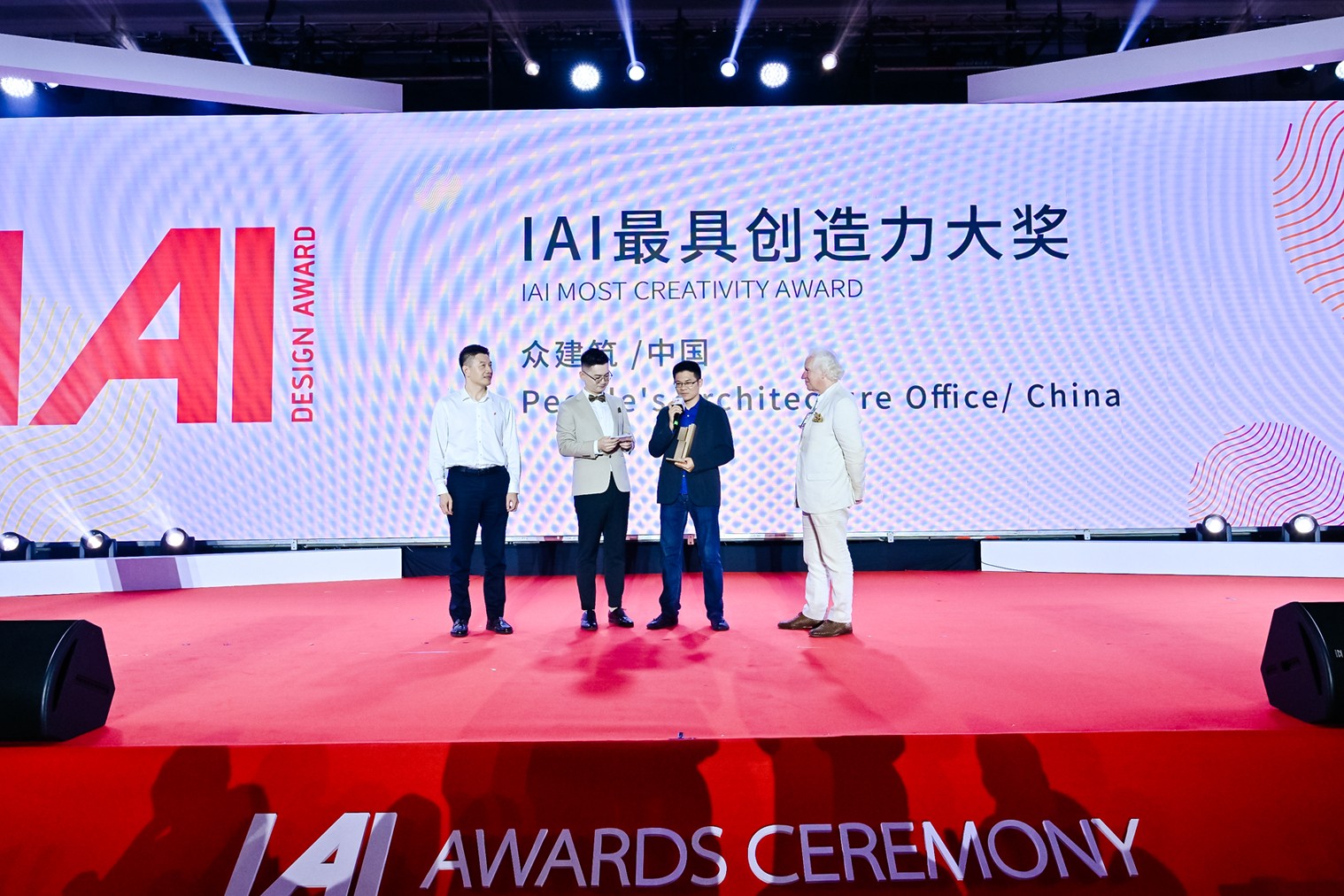
The picture shows Zhuang Rongliang, Vice Mayor of Xiamen City, and Kees Spanjers, a core member of the IAI jury, jointly announcing the award and awarding it to various buildings
Introduction:
Inner Box Courtyard
The essence of the Inner Box Courtyard is a prefabricated modular construction system applied to the renewal of old cities, providing a relatively low-cost method to improve people's living quality while avoiding complete demolition and reconstruction. The Inner Box Courtyard is an important project of the "Great Fence Renewal Plan", aimed at effectively protecting and updating this historical block closest to Tiananmen Square. Since its launch, the project has received numerous awards, including international awards such as Architizer A+, WAF, Red Dot, and Archimarathon. The Dashilan area close to the south side of Tiananmen Square has not experienced large-scale demolition, but still retains relatively complete narrow alleys and old Siheyuan, which are very precious. But at the same time, there have also been long-term problems here, such as inadequate infrastructure, lack of bathroom drainage pipes, and poor sealing, insulation, sound insulation, and moisture resistance of the houses, resulting in many inconveniences in daily life. How to balance the protection of old cities with the quality of life of local residents? Many buildings have developed a prefabricated composite panel that can be embedded in old houses, integrating structure, insulation, pipelines, doors and windows, and indoor and outdoor decorative surfaces; And within a year, it will be refined from an experimental model to a systematic solution. Since the first participation in the "Great Barrier Renewal Plan" with the Inner Box Courtyard project in October 2013, Zhongzhu has completed 15 Inner Box Courtyard projects in the area, and there are still four under construction.


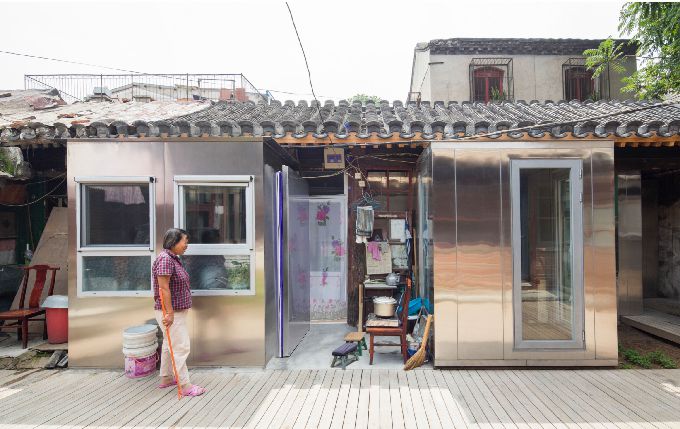
Shangwei Plugin Home
TShangwei Plugin Home is a Hakka old house revitalization project that has gone through centuries of wind and rain, but has been idle and abandoned due to the economic recession of the village in recent decades. The rapid urbanization around Shenzhen has led to the annexation of villages like Shangwei, gradually becoming urban villages or isolated rural islands surrounded by emerging development waves. Villagers left in search of a better life in the neighboring area, and half of the property in Shangwei Village was abandoned as a result. The local government, namely the Shangwei Village Collective, is committed to exploring new methods to support and promote an emerging community composed of local artists and artisan organizations. With the support of the Leping Foundation and Future+(a local non-profit organization), the government has launched a pilot project in collaboration with numerous buildings. The village government is responsible for repairing properties that are not suitable for living, such as collapsed roofs. However, these houses are difficult to renovate as any work can affect adjacent structures. In order to solve such problems, the plugin family retains the original structure and adds a new structure inside the existing house. The plug-in home adopts a modular prefabricated panel structure, with structural connectors built-in inside the panel. Non professionals can use simple tools to build it within a day. Industrialized production can use high-quality materials to improve energy efficiency, and economies of scale make plugins affordable.

Jingdezhen Plugin Home
Jingdezhen is a world-renowned porcelain capital, where thousands of years of kiln fire have continued, and its porcelain is well-known both domestically and internationally.
And the adobe room is a workshop for ceramic adobe production, equivalent to today's raw material preparation and forming workshop. The building is designed with a bucket type wooden frame structure specifically for the adobe production process, and there are many wooden frames of different heights that can be used to hold and sun dry the adobe.
In the only remaining old urban area, we have incorporated a prefabricated module construction system into the adobe houses, transforming the old idle adobe houses into living and working spaces for young artists. Due to the irregular shape of the blank frame, the flexible and versatile advantages of the plug-in home are highlighted. Moving and dodging within the blank frame, or placing it high or flat, creates a living space with better insulation and sealing performance. The remaining semi outdoor space is transformed into a rich and diverse work space. Realize reversible transformation of space without damaging the original building, and achieve the activation and reuse of old buildings.
